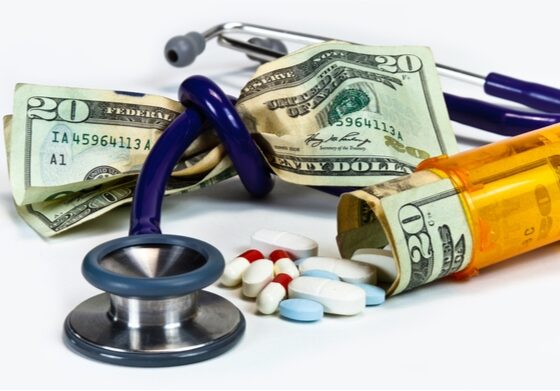Great article from The Washington Post about the investigation into deliberate low-balling of out of network reimbursements for consumers. Accountability and transparency is needed in how insurance companies determine out-of-network rates, and patients need to understand how it’s done to avoid sticker shock when they get their medical bills.
By ERICA WERNER
The Associated Press
Saturday, March 28, 2009; 10:01 PM
WASHINGTON — Ever wonder how that bill was calculated if you had to pay to see a doctor outside your insurance network?
Might be a scam, says a senator investigating the issue.
Sen. Jay Rockefeller, chairman of the Senate Commerce, Science and Transportation Committee, wants answers at a hearing Tuesday from the chief executives of UnitedHealth Group Inc. and its subsidiary Ingenix Inc., a claims database used by insurers nationwide to calculate out-of-network rates.
The inquiry follows lawsuits and an investigation by New York Attorney General Andrew Cuomo alleging that UnitedHealth and Ingenix manipulated rate data so insurers had to pay less and patients more for out-of-network services.
“They’re lowballing deliberately. They deliberately cut the numbers so the consumer has to pay more of the cost,” Rockefeller, D-W.Va., said in an interview with The Associated Press on Friday.
“It’s scamming. It’s fraud,” he said.
In January, UnitedHealth agreed to pay $350 million to settle a suit by the American Medical Association and others over the issue. UnitedHealth did not admit wrongdoing. But, under pressure from Cuomo, the company agreed to pay $50 million toward creation of an independent claims database and eventually close down the Ingenix databases.
Cuomo has secured similar agreements from other major insurers, including WellPoint Inc., Aetna Inc., and Cigna Corp. The AMA is pursuing suits against those companies, too.
“Our view is that we’ve reached a resolution on this matter and we’re moving forward,” UnitedHealth spokesman Tyler Mason said in a voicemail message Friday. “We think it’s positive that this information will continue to be made available in the health care marketplace so that people can make informed decisions.”
A spokeswoman for Ingenix referred calls to UnitedHealth.
Rockefeller and other lawmakers, along with doctors and consumer groups, view the matter as far from over. They say more accountability and transparency is needed in how insurance companies determine out-of-network rates, and that patients need to understand how it’s done to avoid sticker shock when they get their medical bills.
One such patient is Mary Jerome of Yonkers, N.Y. She went out of network to Memorial Sloan-Kettering Cancer Center after being diagnosed with ovarian cancer in 2006. When she began getting her bills she discovered that Memorial Sloan-Kettering was not being reimbursed by her insurer anywhere near as much as the center was charging and that she was responsible for paying the rest.
“I had to battle cancer, and I am still battling it, and I had to battle my insurance company to try and get fair coverage,” Jerome told Rockefeller’s committee in written testimony.
More than 70 percent of workers who get health care through their employers are enrolled in plans that allow them to go out of network, according to the Kaiser Family Foundation. Typically, those plans will pay a set percentage, say 70 percent, for an out-of-network visit.
But unknown to many consumers, when patients go out of network, their plan doesn’t actually pay 70 percent of the doctor’s visit cost. It pays 70 percent of what it determines is the “usual, customary and reasonable” cost for the procedure or doctor’s visit in question.
Insurance companies determine that cost themselves or use figures from a database of their choosing, and there’s scant regulation or oversight of how they do it.
In the case of UnitedHealth and Ingenix, they were allegedly manipulating claims data so that the “usual, customary and reasonable” costs they used were lower than they should have been, leaving patients to pay more. Cuomo’s office said Ingenix was understating the market rate for doctor’s visits across New York state by 10 percent to 28 percent.
A spokesman for the insurance industry group America’s Health Insurance Plans blamed doctors for high out-of-network bills.
“Consumers would be shocked if they knew the exorbitant rates that some nonparticipating providers charge,” Robert Zirkelbach said. He declined to respond to allegations that insurance companies knowingly under-reimburse, citing the pending litigation.
Even with the UnitedHealth settlement, lawmakers and others want bigger changes in the system so rate calculations are fairer and better understood. Rockefeller said federal legislation might be needed.
“You ask me how are their ‘usual and customary’ rates being determined?” Rockefeller said. “I don’t know.”


